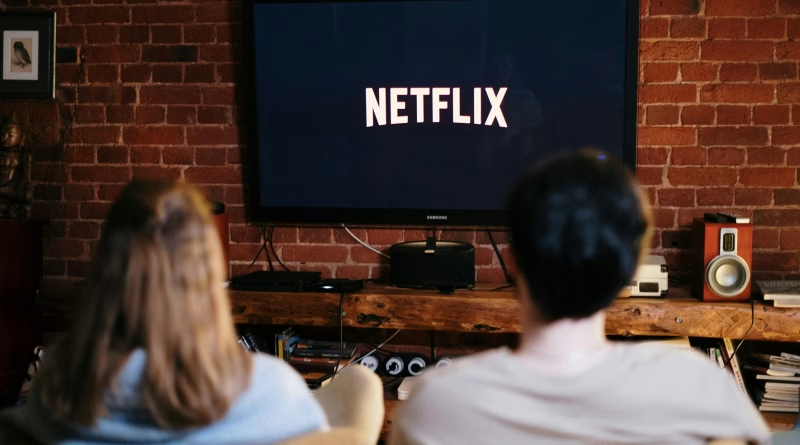The Great Re-Bundling: Why Your Streaming Subscriptions Are About to Look Like Cable TV Again
Remember the glorious promise of “cutting the cord”? It was a revolution. We were finally freeing ourselves from the tyranny of the bloated, overpriced cable bundle. No more paying for 200 channels just to watch five. We would enter a new à la carte nirvana, subscribing only to the streaming services we truly wanted—Netflix for our binges, HBO for our prestige dramas. It was a simple, elegant, and cheaper future.
Fast forward to today. You’re juggling subscriptions to Netflix, Disney+, Max, Hulu, Paramount+, Peacock, and a half-dozen others. Prices are creeping up everywhere. You can never remember which service has which show, and your monthly streaming bill is starting to look suspiciously like your old cable bill.
Now, in a twist of supreme irony, the streaming industry is desperately trying to solve this problem by rebuilding the very thing it once sought to destroy. The era of unbundling is over. Welcome to the Great Re-Bundling.
From Freedom to Fragmentation
The first phase was beautiful. Netflix was king, and a few key services like Hulu and HBO Go offered compelling alternatives. Life was simple. But then came the Streaming Wars.
Every media conglomerate launched its own proprietary service, pulling its valuable content back into a walled garden. Friends left Netflix for Max. The Office went to Peacock. Marvel and Star Wars became exclusive to Disney+. The dream of à la carte freedom quickly devolved into a chaotic and expensive scramble. To get all the shows you wanted, you had to subscribe to everything, and consumers were hit with “subscription fatigue.”
The Inevitable Return of the Bundle
The streaming giants have finally realized that in a saturated market, constantly fighting to win and re-win individual subscribers is a losing battle. Wall Street is no longer impressed by subscriber growth; it demands profit. And the most proven path to profitability in media is the bundle.
We’re now seeing this happen in two distinct ways:
1. The “Soft” Bundle (Partner Deals): This has been happening for a while. Your cell phone provider offers you a deal: “Get Max included with your Unlimited plan.” Or your credit card gives you a few months of the Disney+ bundle for free. This is exactly how cable companies used to rope you in, by packaging channels with your internet and phone service. It’s the first step in making a service feel like a utility rather than a choice.
2. The “Hard” Bundle (The New Cable Package): This is the real game-changer. The services themselves are now teaming up. The Disney+/Hulu/ESPN+ bundle was the first major sign. But now we’re seeing the walls between empires begin to crumble. Warner Bros. Discovery and Disney recently announced a landmark deal to offer a bundle of Max, Disney+, and Hulu.
Think about what that is. It’s a package of premier entertainment brands, offered at a single price, from multiple “studios.” It is, for all intents and purposes, a cable package. The only difference is that it’s delivered over the internet.
Why Is This Happening?
The logic is brutally simple:
- It Reduces “Churn”: “Churn” is the industry term for users who subscribe to watch one specific show (like The Last of Us) and then immediately cancel. Bundles make services stickier. You’re less likely to cancel a three-service bundle, even if you’re only watching one of them actively.
- It’s More Profitable: It is far easier and cheaper to get more money out of an existing subscriber than it is to acquire a new one. By bundling, companies can increase the average revenue per user and present a more stable financial picture to investors.
We’ve come full circle. We cut the cord to escape the expensive, confusing bundle, only to find ourselves ten years later paying for a new set of expensive, confusing bundles. The names have changed—Comcast and Charter have been replaced by Disney and Warner Bros.—but the business model is converging on something that looks eerily familiar. The future of streaming isn’t freedom; it’s a fight to see who can build the most essential new bundle.




